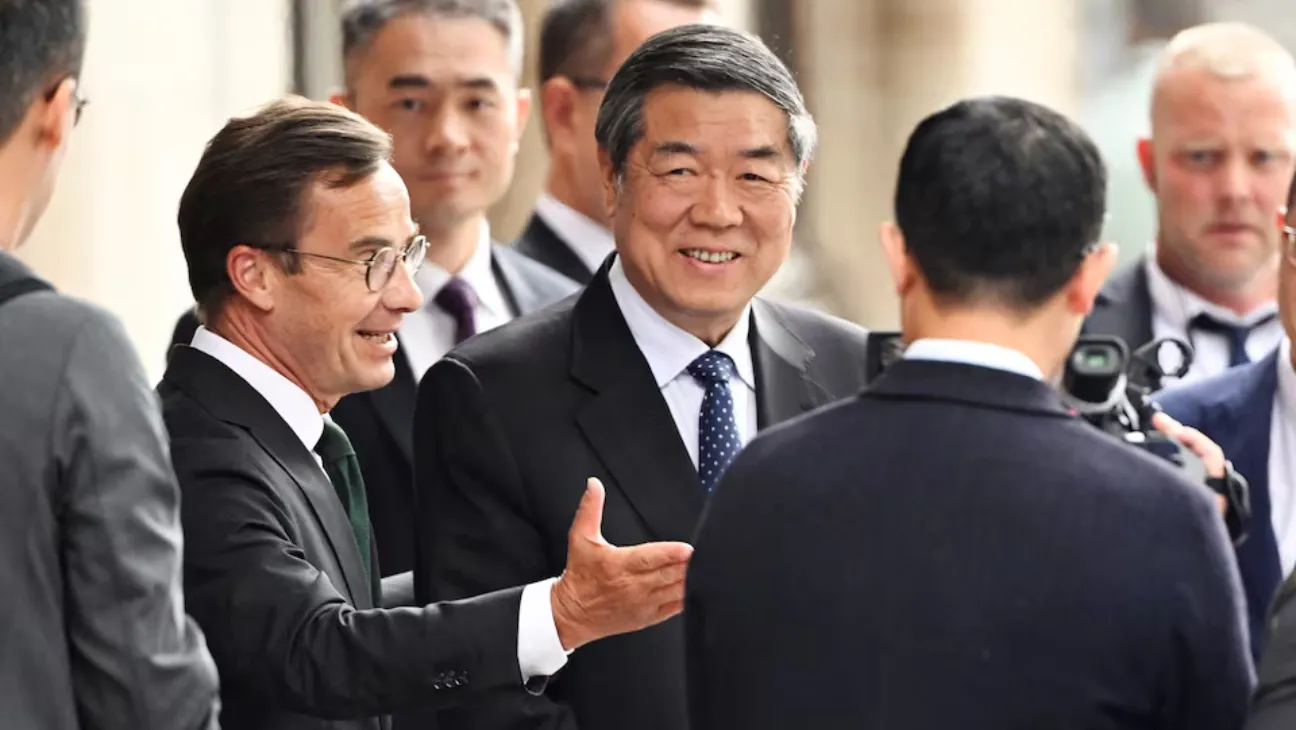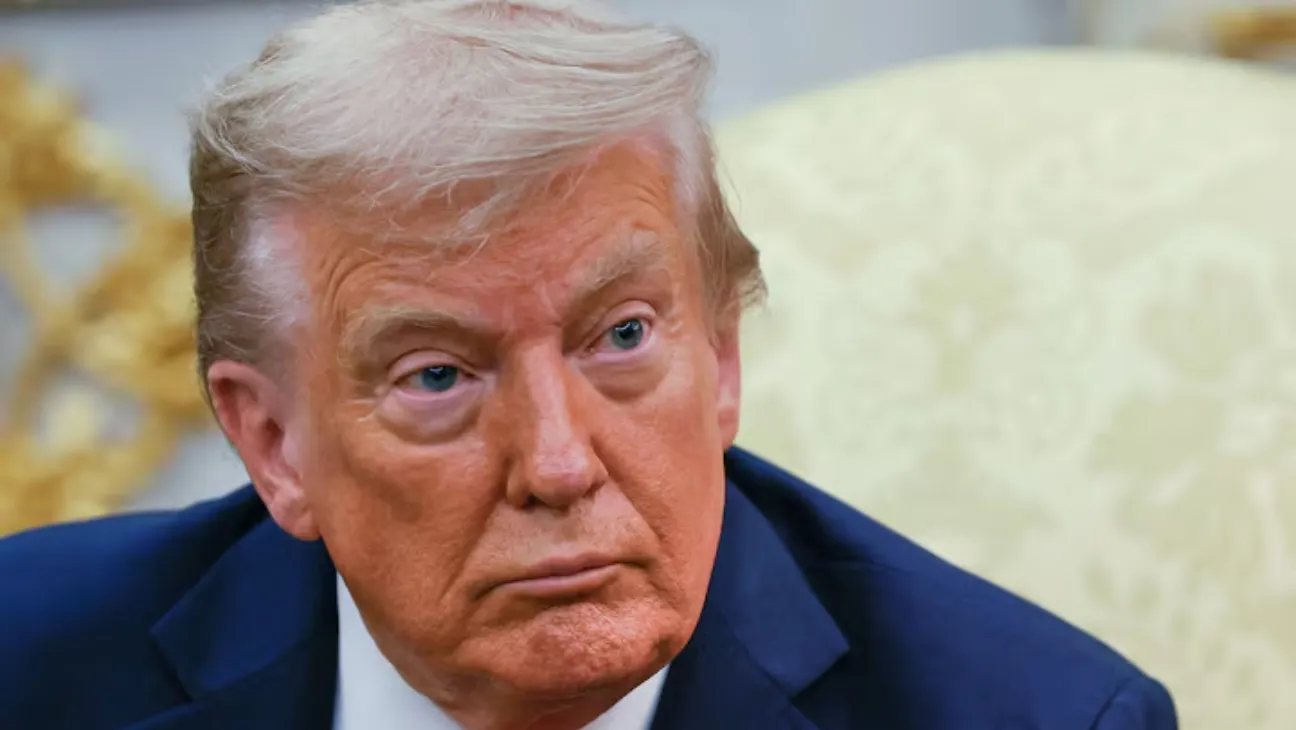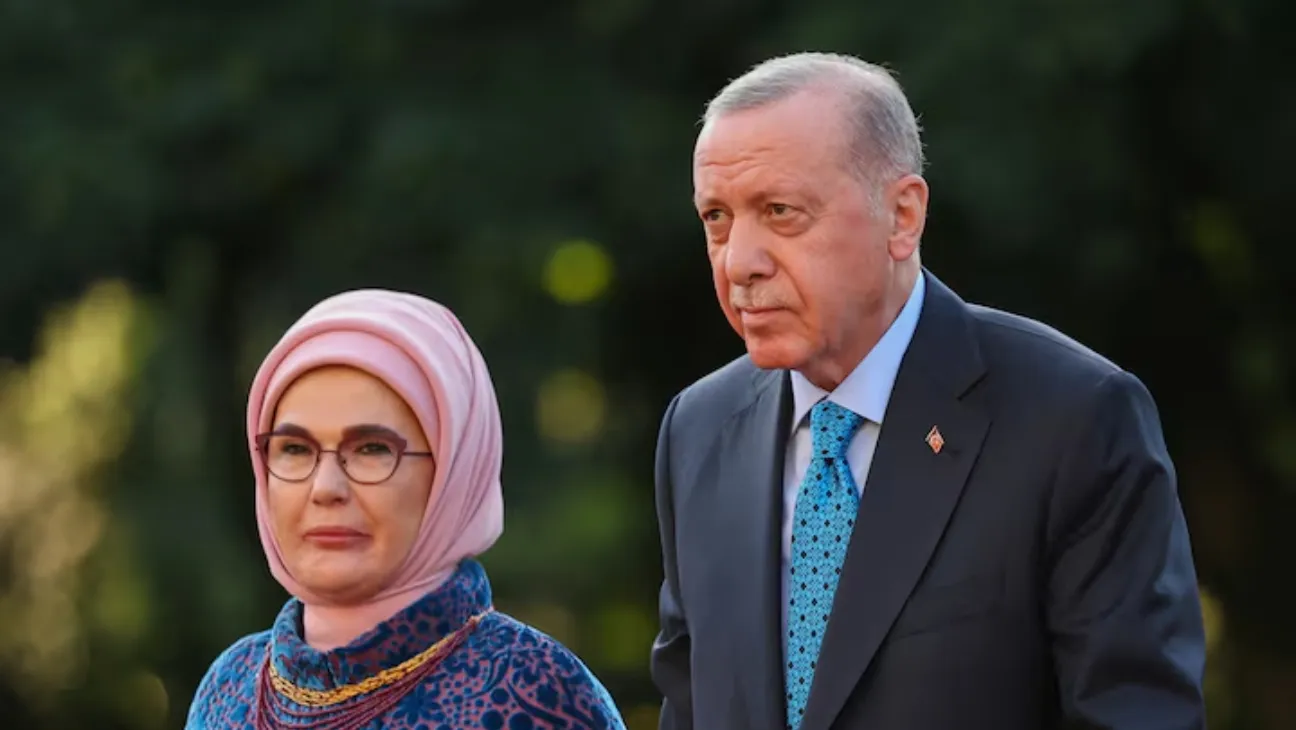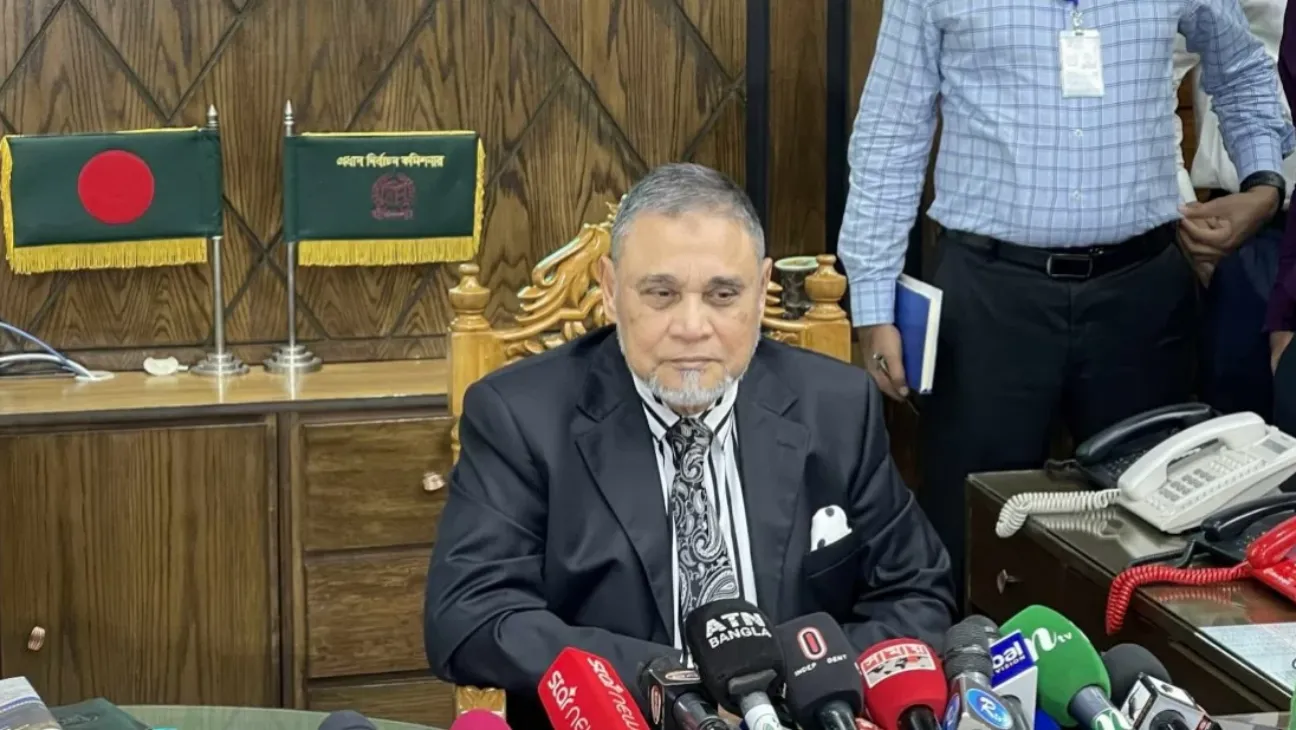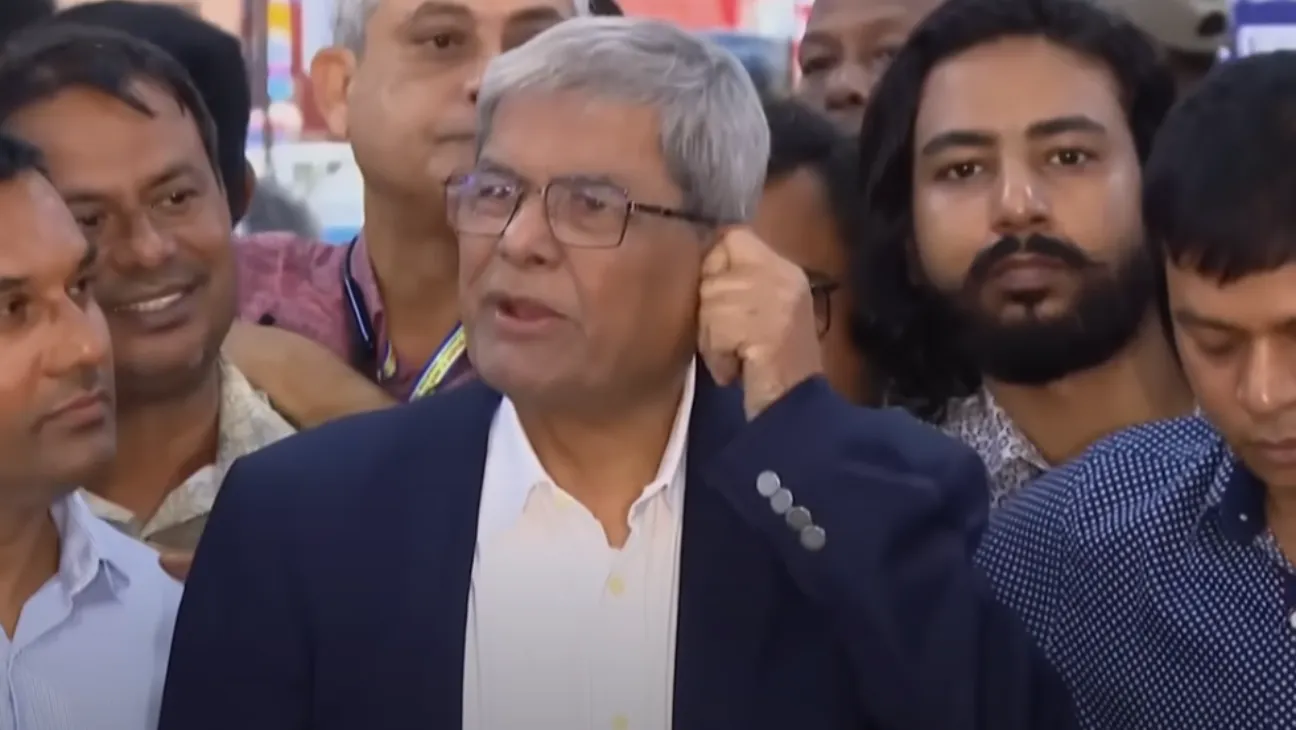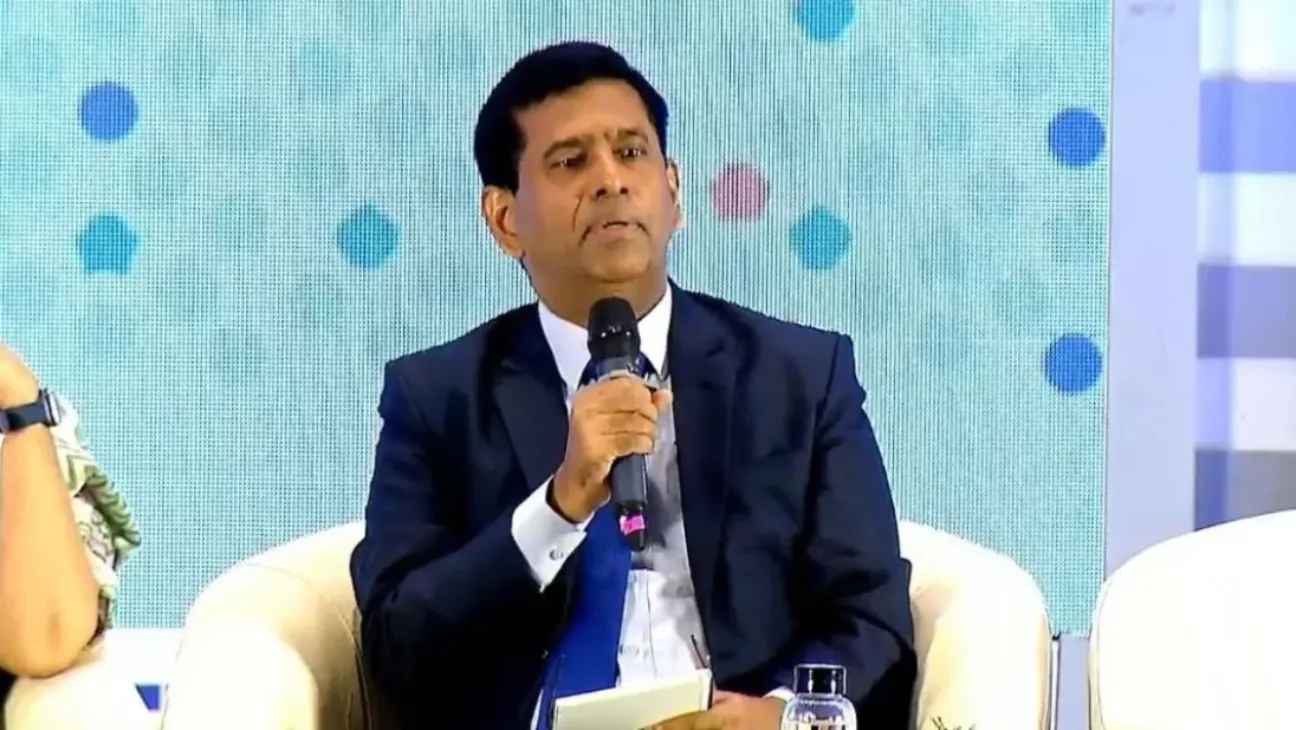Top trade officials from the United States and China met for more than five hours in Stockholm on Monday in an effort to extend a fragile truce and avoid renewed tariff escalation. The talks come ahead of a key August 12 deadline that could re-trigger damaging duties between the world’s two largest economies.
Top officials from the U.S. and China, led by Treasury Chief Scott Bessent and Vice Premier He Lifeng, held a marathon negotiating session at Sweden’s government headquarters. After arriving in the early afternoon and not leaving until after 8 p.m., both sides remained tight-lipped, with discussions set to pick back up on Tuesday.
Essentially, these talks are all about stopping a huge tariff hike from happening again. They managed to pause those tariffs with a couple of temporary deals back in May and June. That was a big relief, because it also put a stop to a nasty trade fight that had been dragging on for months—with China blocking rare earth minerals and the U.S. limiting semiconductor sales.
Without progress, supply chains could once again be hit with sweeping restrictions. That’s not just theory. Industries tied to military tech, automotive parts, and consumer electronics are already on edge.
President Donald Trump referenced the talks briefly during a press conference in Scotland with British Prime Minister Keir Starmer. “I’d love to see China open up their country,” he said, without elaborating.
Expectations for a breakthrough were modest. U.S. Trade Representative Jamieson Greer told CNBC the goal wasn’t a major agreement, but to ensure past commitments are being upheld. “Making sure that key critical minerals are flowing… and setting the groundwork for enhanced trade going forward,” he said.
The Stockholm round follows a weekend deal between the U.S. and European Union to impose a 15% tariff on most EU goods entering the American market. Analysts believe another 90-day extension of the China-U.S. trade freeze is likely. That could set the stage for a face-to-face meeting between Trump and Chinese President Xi Jinping later this year.
Behind the scenes, there’s more going on. The Financial Times reported Monday that the U.S. paused tech export curbs to keep talks alive and avoid undercutting Trump’s effort to arrange a summit with Xi.
Of course, all this progress could be undone by politics. Over in Washington, you have senators from both parties getting a bill ready this week that goes after China on a number of fronts, including human rights and Taiwan. That kind of move could stir up trouble at the worst possible time, right when negotiators are just trying to hold the line on the trade deal.
A planned trip by Taiwan’s president, Lai Ching-te, to the U.S. this August was shaping up to be a real sticking point. But from what we’re hearing, that visit has now been postponed.
For China, the Taiwan issue is black and white: the island belongs to them. That’s why even the smallest American nod in Taiwan’s direction is treated as a major hostile act.
That context explains the current American strategy: a deliberate choice to avoid rocking the boat while these critical negotiations are underway.
And this isn’t an empty threat—we’ve seen high-stakes talks get completely torpedoed before over nothing more than a symbolic gesture.
The earlier rounds of U.S.-China talks in Geneva and London focused narrowly on tariffs and export bans. Key goods like rare earth minerals and chips from companies like Nvidia remain sticking points.
More fundamental disagreements haven’t been addressed. The U.S. criticizes China’s export-heavy economy for flooding markets with cheap goods, while Beijing argues that American export controls are designed to block China’s growth.
“These meetings so far are just about getting the relationship back to the point where real negotiations are possible,” said Scott Kennedy of the Center for Strategic and International Studies in Washington.
Bessent has signaled interest in pushing China to shift away from its export-driven model and toward domestic consumption — a long-standing U.S. goal that’s proven difficult to influence.
Analysts say the stakes are higher than in trade talks with other countries. China controls most of the global market for rare earth elements and magnets. Those materials power everything from fighter jets to electric vehicles. That leverage hasn’t gone unnoticed by U.S. industries.
The Stockholm meetings might not yield sweeping resolutions. But with the clock ticking toward August 12, even an extension could buy valuable time. Whether the two sides use it to address deeper issues — or simply reset the timer — remains to be seen.

